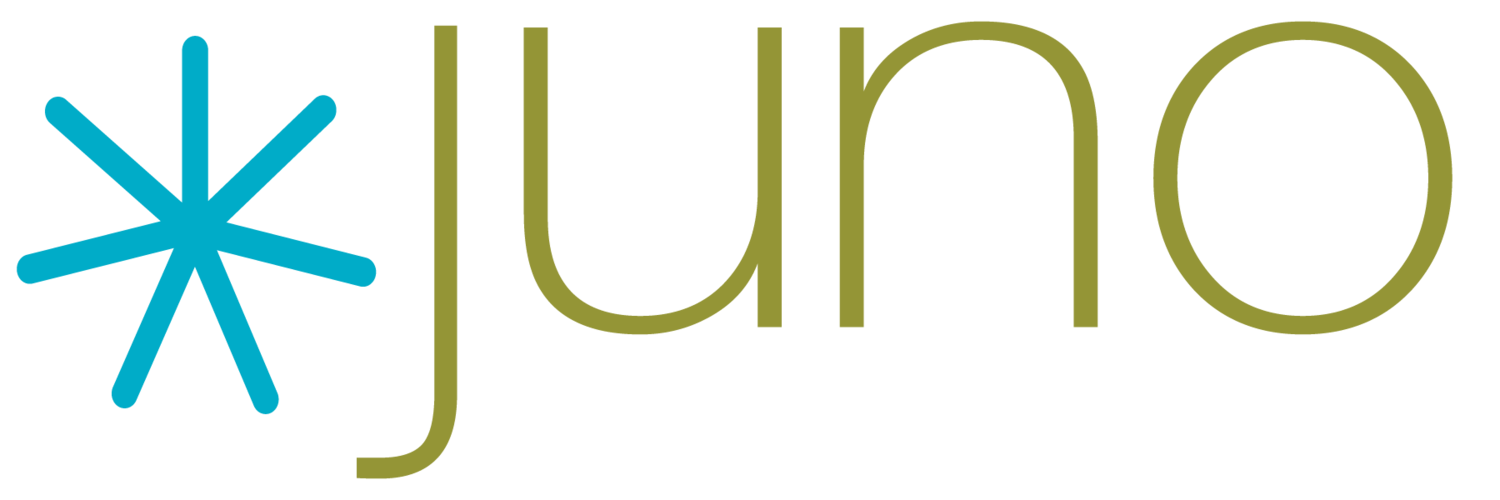2021 Hiring Trends
This blog post is part of a series of articles researched, written, designed, and formatted by Juno interns. As leaders in the recruiting industry, Juno aims to provide learning opportunities for young professionals to grow and develop in all aspects of their future career path.
By Ava Ahner
The pandemic has changed the way that the workforce functions forever. The job market is constantly evolving but the recent reliance on jobs becoming virtual during the coronavirus has opened the discussion about some jobs remaining virtual and integrating hybrid work. This has led to an increase of internal as well as remote hires calling for adaption from recruiters.
1. Soft Skills
Soft skills have become increasingly more important in comparison to hard skills over time shown in data sets across the board. A LinkedIn survey expressed that 92% of HR professionals and hiring managers have placed more focus on soft skills as 89% said that the lack of soft skills are associated with the qualities of most bad hires. However, this presents a challenge for recruiters as it’s difficult to convey soft skills to employers solely through resumes and interviews.
2. Psychometric Testing
Psychometric testing use in the hiring process has been on a steady incline over the years. However, the holes in the testing is that it’s easy to give the right answers instead of the true answers as there is research and published works on how to correctly take these tests.
3. AI Recruitment
As artificial intelligence grows and evolves, so does recruiters' approach to hiring processes. The most recent advancements have been automated candidate sourcing, facial expression analysis, and natural language processing. The consistent and exponential increase in AI usage calls for recruiters to familiarize candidates and aim to make them comfortable. A survey by Allegis had 66% of candidates with a comfortability interacting with AI for interviews and scheduling.
4. Diversity Among Employees
Ensuring a diverse staff has risen in ranks for the most important objective for many companies as they feel an “urgency for meaningful improvement in organizational diversity and inclusion” according to the Modern Hire 2021 Hiring Trends Report. Diversity hires is the main objective among 22% of businesses surveyed by Jobvite and 78% believe a diverse workforce to be an asset.
5. Pay Transparency
Pay transparency experienced a 136% increase since 2014 according to LinkedIn. The demand for pay transparency has mainly been targeted to combat the gender wage gap.
6. Alternative Candidates
Alternative candidates is a term for people that don’t fit the picture for the position painted by recruiters but someone with a different set of skills that are willing to train for those needed for the job. Hiring alternative candidates is a trend that started getting attention in 2019 and has been making a steady increase since then.
7. Blind Hiring
Blind hiring is one of the latest trends to emerge in employment. It’s main objective is to attempt to eliminate hiring bias by basing the hiring process entirely from pre-hire tests, interviews without face-to-face contact, and anonymously written aptitude tests.
8. Workplace Culture
The workforce has shifted to a candidate driven market creating an emphasis on company culture.
References
https://www.uschamber.com/co/run/human-resources/top-hiring-trends-hybrid-working
15 Employment Trends In 2021 Shaping The Future Of Jobs (feedough.com)
16 Latest Employment Trends: 2021/2022 Issues, Statistics & Predictions | CompareCamp.com
7 must-know remote hiring tips every recruiter needs (recruitee.com)
15 New Recruiting Trends You Should Implement in 2021 | TalentLyft
Need support in your talent search?
We’ve seen it all and we know what works. With direct access to the top talent across the nation, there's a good chance we'll have just the person in mind once we learn about the position, the company, and your needs.
